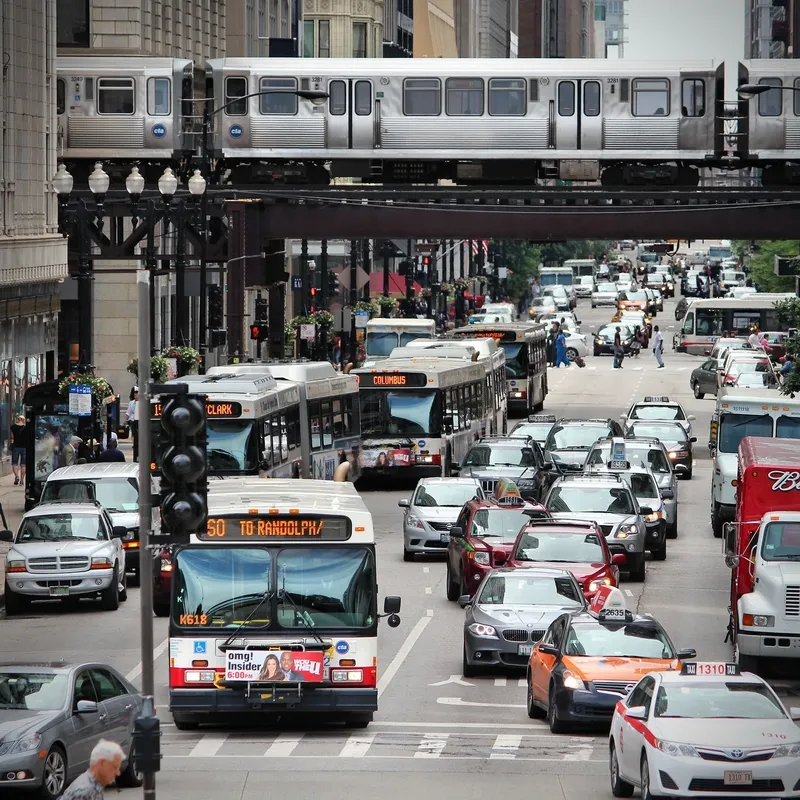According to Australasian Bus and Coach, a new report warns that public transport investment in Australian needs an increase to avoid overcrowding
The State of Australian Cities report shows patronage on public transport has grown significantly over the last decade, with a rate of average annual growth of 2.4 per cent.
The report warns investment in Melbourne and Sydney’s public transport network should be increased to meet future demand, since patronage is growing fast and overcrowding becomes an is
July 14, 2015
Read time: 2 mins
According to Australasian Bus and Coach, a new report warns that public transport investment in Australian needs an increase to avoid overcrowding
The State of Australian Cities report shows patronage on public transport has grown significantly over the last decade, with a rate of average annual growth of 2.4 per cent.
The report warns investment in Melbourne and Sydney’s public transport network should be increased to meet future demand, since patronage is growing fast and overcrowding becomes an issue. It shows Melbourne has a much lower proportion of inner-suburb residents using public transport to access the city and inner-suburbs for work, compared to Sydney. Only 35 per cent of inner-city Melbourne residents use public transport compared to 50 per cent of inner-city Sydney residents.
The report highlights the investment in Perth and Brisbane which has possibly encouraged and accommodated increased patronage of public transport.
The report also found people tend to use public transport only if they work in the city or inner-suburbs and if they work in the outer-suburbs they are much more likely to drive.
In Parramatta, New South Wales, for example, 72 per cent commute by private vehicle.
The State of Australian Cities report shows patronage on public transport has grown significantly over the last decade, with a rate of average annual growth of 2.4 per cent.
The report warns investment in Melbourne and Sydney’s public transport network should be increased to meet future demand, since patronage is growing fast and overcrowding becomes an issue. It shows Melbourne has a much lower proportion of inner-suburb residents using public transport to access the city and inner-suburbs for work, compared to Sydney. Only 35 per cent of inner-city Melbourne residents use public transport compared to 50 per cent of inner-city Sydney residents.
The report highlights the investment in Perth and Brisbane which has possibly encouraged and accommodated increased patronage of public transport.
The report also found people tend to use public transport only if they work in the city or inner-suburbs and if they work in the outer-suburbs they are much more likely to drive.
In Parramatta, New South Wales, for example, 72 per cent commute by private vehicle.








